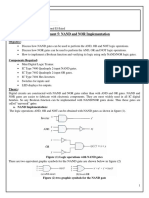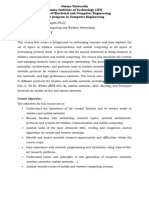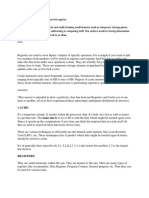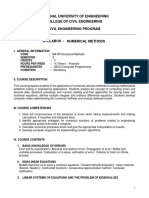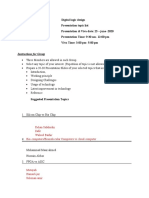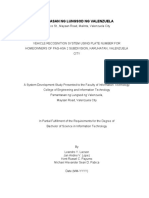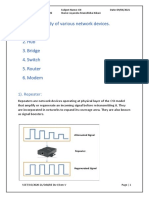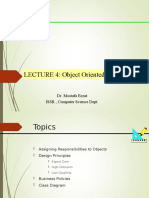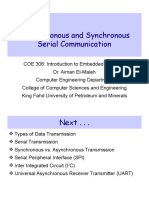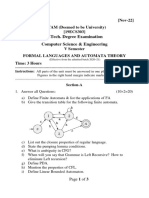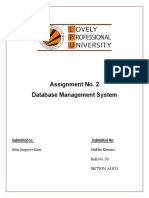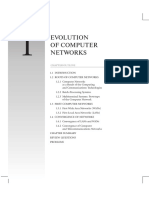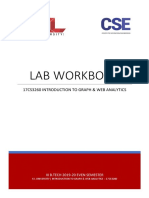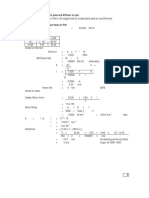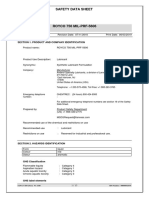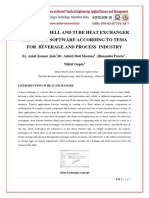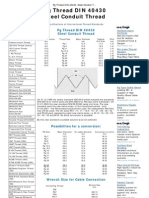0% found this document useful (0 votes)
304 views26 pagesPython Lab Manual for CS Students
This document provides information about the Python Programming Laboratory course offered at Dayananda Sagar College of Engineering. It includes details such as the course name and code, faculty, vision and mission statements of the institution and department, course outcomes and objectives, textbook references, and a list of experiments to be performed in the laboratory sessions. The experiments are designed to introduce Python fundamentals, functions, string manipulation, and working with different data collections through hands-on programming problems and exercises.
Uploaded by
mesar20501Copyright
© © All Rights Reserved
We take content rights seriously. If you suspect this is your content, claim it here.
Available Formats
Download as PDF, TXT or read online on Scribd
0% found this document useful (0 votes)
304 views26 pagesPython Lab Manual for CS Students
This document provides information about the Python Programming Laboratory course offered at Dayananda Sagar College of Engineering. It includes details such as the course name and code, faculty, vision and mission statements of the institution and department, course outcomes and objectives, textbook references, and a list of experiments to be performed in the laboratory sessions. The experiments are designed to introduce Python fundamentals, functions, string manipulation, and working with different data collections through hands-on programming problems and exercises.
Uploaded by
mesar20501Copyright
© © All Rights Reserved
We take content rights seriously. If you suspect this is your content, claim it here.
Available Formats
Download as PDF, TXT or read online on Scribd
/ 26










